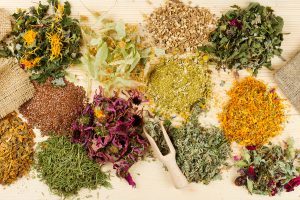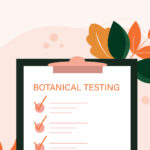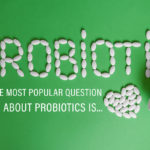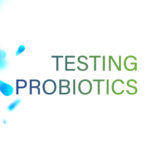Botanical ingredients, like all raw materials, need a wide range of Botanicals are subject to a host of many different possible contamination issues and testing is needed to determine if these materials are safe for your products. Botanical contamination can stem from many different factors such as the soil in which they are grown; how they’re kept free of insects and microbes; and processing they’ve undergone. Determining the proper identity of the botanical and active marker content is also proven through As part of your overall quality strategy, here is a few testing recommendations for your botanical ingredients.

- Identification: The importance of identity testing has been a hot topic of conversation this year. Through the testing process, it is important to use compendial methods and reference standards when available. Identity testing is a GMP requirement and ensures that the correct raw material is being used in your product.
- Heavy Metal Testing: Heavy metals (As, Cd, Hg, Pb) could be present in the soil that the botanicals were grown. Plants can absorb these metals and ultimately contain high levels of these harmful metals.
- Microbiological: Botanicals can have a high risk of micro contamination. Location and farming procedures along with the handling procedures in harvesting and packaging can all contribute to micro issues. Testing all incoming lots will give you the information needed to ensure a quality, finished product can be manufactured.
- Pesticide Testing: Many farmers utilize pesticides to protect their crops from damage caused by insects and other bugs. Even if a product is labeled “pesticide free” or “organic” you still need to verify the accuracy of the label. Harmful chemicals could run off in waterways or be carried from one farm to the next. These chemicals cannot be seen by the naked eye, and can only be detected by testing the material for pesticide residues.
- Residual solvent testing: Residual solvent testing becomes extremely important if solvents are used to make botanical extracts. Testing will ensure that your ingredient is free of these chemical residues.
- PPSL (Pulsed Photo Stimulated Luminescence): This analysis is used to detect ingredient irradiation. Irradiation practices are used to keep the micro counts low. Irradiated materials must carry special labeling to alert the customer.
- Other testing: Botanical marker or other testing will be needed to check the potency of the botanical ingredient. Other specific testing may also be needed to find adulterants known to be a common contaminant for that ingredient.
When using botanicals in products, it’s imperative to include the appropriate testing before the product goes to market. SORA Labs performs all testing mentioned above and we’re great at finding what may be lurking in your botanicals. If you have any questions about the testing of your ingredients, feel free to contact us.









